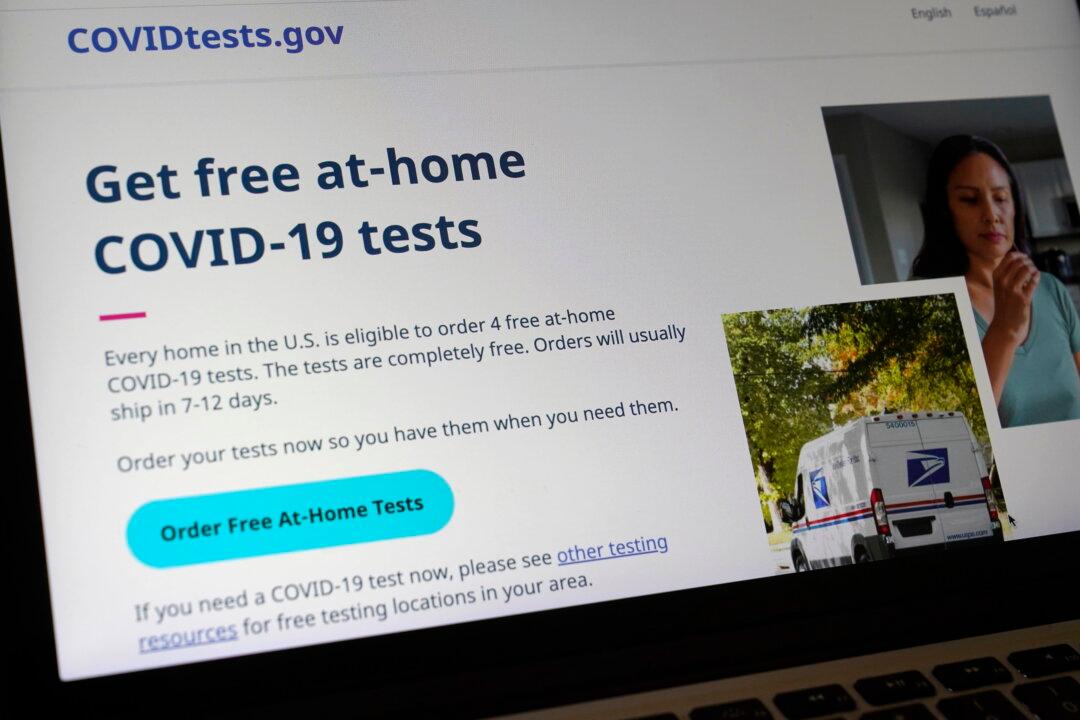Commentary
To great fanfare, the Biden administration just launched a website where Americans can request at-home COVID-19 tests, delivered by the U.S. Postal Service free of charge.

To great fanfare, the Biden administration just launched a website where Americans can request at-home COVID-19 tests, delivered by the U.S. Postal Service free of charge.